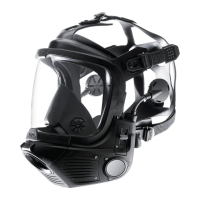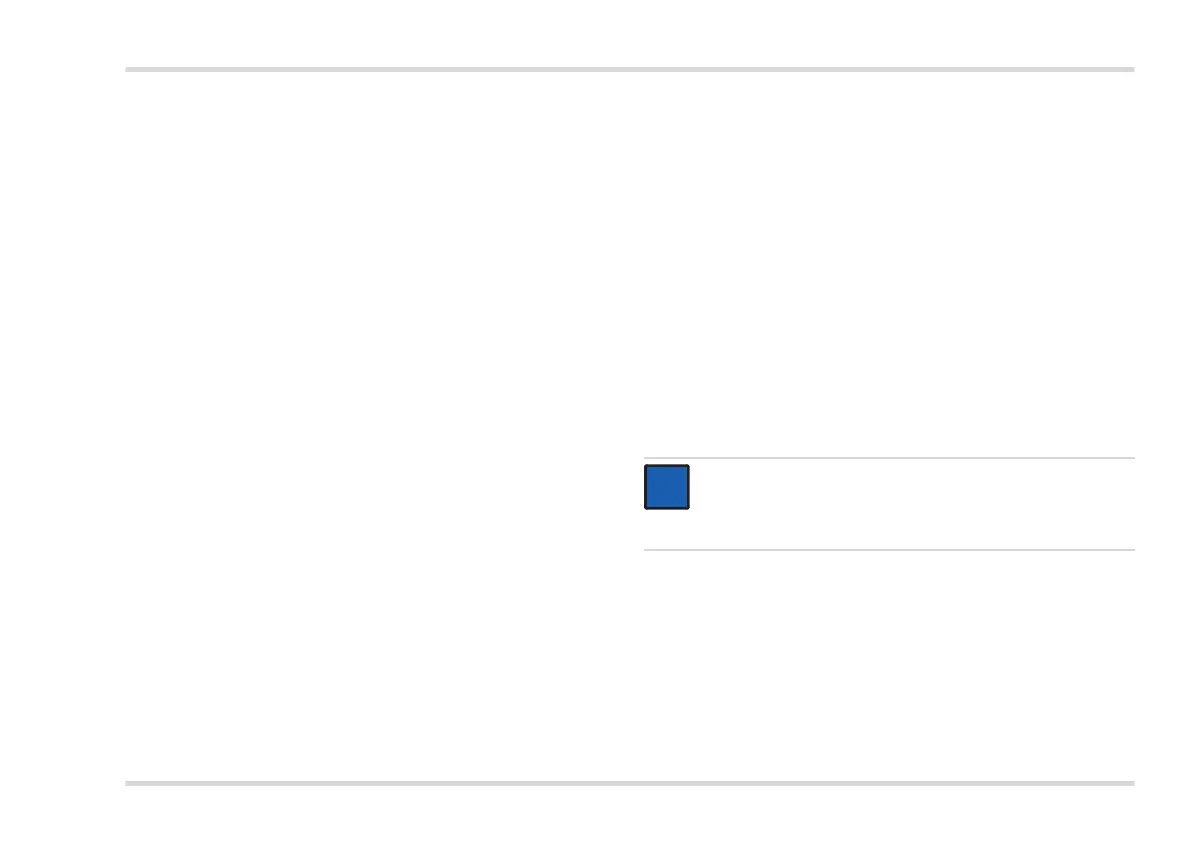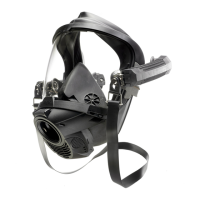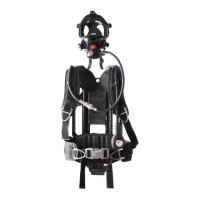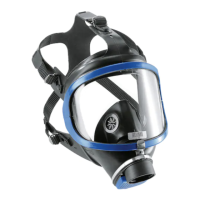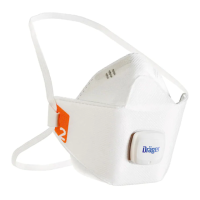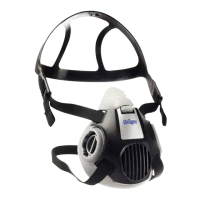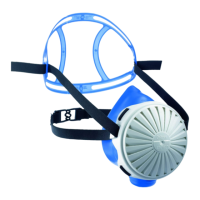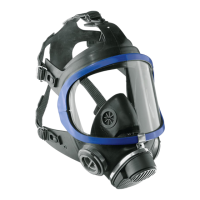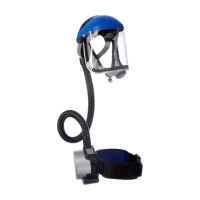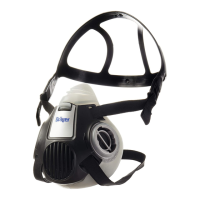Dräger FPS-COM 7000 11
Description
2.2.2 The functional principle of "team radio"
Several communication units are able to communicate in a group by
radio at a specific frequency range. Each communication unit allows
up to 10 different groups to be stored. Of this number up to 7 groups
can work in parallel within a single frequency range. The radius in
which the maximum number of groups is possible depends heavily on
the environment (see page 4, fig. B and C).
Each communication unit is assigned to a specific group. When the
communication unit is switched on, it automatically searches for other
communication units belonging to the same group. The user can
manually set a different group if necessary.
2.2.3 The functional principle of "tactical radio"
A tactical radio can be connected via a cable or a Bluetooth connection
to the communication unit. By pressing the push-to-talk button, a radio
message can be sent via the tactical radio (e.g. to operation
command). Interference is filtered out by the communication unit and
the speaker's voice is transmitted to the tactical radio. The quality of
the radio transmission can be influenced by the radio used.
Using the configuration software it is possible to set that radio
messages sent by operation command are automatically forwarded to
all communication units belonging to the same group ("Forwarding
radio messages", see page 4, fig. A).
Team radio is subordinate to tactical radio.
2.2.4 Available inserts
The following inserts are available (see page 5, fig. D and E):
Dummy insert
Used to protect the interface when no other insert is necessary
(e.g. during practice exercises or cleaning).
Insert for the radio connector cable
Used to connect the communication unit to an external radio.
Insert for the Bluetooth connection
Used to establish a Bluetooth connection to a radio.
Insert for the configuration cable
Used to establish a connection to the PC in order to configure the
communication unit.
2.3 Intended use
The communication unit is used with Dräger FPS 7000 full facepieces.
It is designed for direct communication among people in a group and
can be used as a headset for radios.
The communication unit may be used in areas subject to explosion
hazards. For information on the exact classification please refer to the
product label on the communication unit.
2.4 Limitations on use
The communication unit is not suitable as a substitute for a tactical radio.
2.5 Approvals
For information on approvals, refer to supplement 9031306.
NOTICE
Some radios offer profiles for communications units. In this
case, the corresponding profile must be selected at the radio.
Further information is available from the radio manufacturer.
